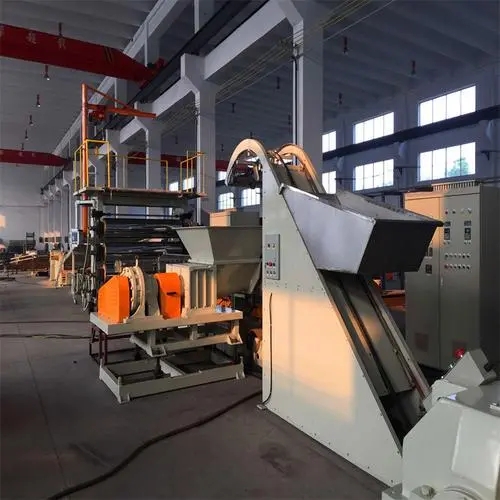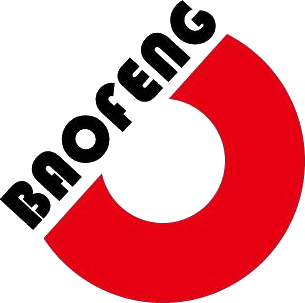Technical application and development trend of rubber mixing mill production line
I. Core structure and function of rubber mixing mill
Rubber mixing mill is the core equipment in rubber processing. Its production line is mainly composed of rollers, transmission devices, distance adjustment devices, temperature control systems and safety protection devices. As the core component, the roller is made of chilled cast iron with a surface hardness of not less than 65° Shore to withstand high shear force and friction37. In modern production lines, there are various roller drive modes, including single motor drive, dual motor drive and hydraulic drive. Among them, hydraulic drive has gradually become the first choice for high-end production lines due to its high efficiency, low noise and precise speed regulation7.

The temperature control system realizes precise temperature regulation through the design of hollow or drilled rollers, combined with steam, oil or electric heating media. For example, the new temperature-controlled mixing mill dynamically adjusts the roller temperature through the linkage between the water pump and the water tank to ensure that the rubber is mixed within the optimal process window6.
II. Process flow and technological innovation of the production line
Plastication and mixing process
The raw rubber is plasticized through the shearing and extrusion of the rollers, and enters the mixing stage after the elasticity is reduced. During mixing, compounding agents (such as carbon black and vulcanizing agent) are added in sequence, and the "rubber extraction and drug addition method" or "rubber replacement and drug addition method" is used to ensure uniform dispersion. In order to overcome the "dead layer" problem, mechanical cutters or automatic rubber turning devices are generally introduced into the production line to improve the mixing efficiency by repeatedly cutting and folding the rubber. 84.
Automation upgrade
Traditional open mixing mills rely on manual turning, which is labor-intensive and low in safety. Improvements in recent years include:
Hydraulic spacing system: roller spacing error ≤ 0.2 mm is achieved through PLC and sensors, significantly improving process stability4;
Automation of rubber turning device: using mechanical arms or semi-automatic cutters to reduce manual intervention and increase production capacity by more than 30%9;
Double-link structure design: combined drive open mixing mills can process rubbers of different formulas at the same time, shortening the material transmission distance7.
Environmental protection and energy-saving technology
In response to the demand for waste rubber recycling, the production line integrates crushing and refining functions, and optimizes the dispersion effect of recycled rubber through waist drum roller design3. In addition, rolling bearings replace traditional sliding bearings, reducing energy consumption by 15%-20%4.
III. Safe operation and risk prevention and control
Due to high-load operation and high-temperature environment, the open mill production line has prominent safety risks. Key measures include:
Preheating management: When starting with an empty vehicle, the temperature rise of the roller must be controlled at 1-2℃/minute to avoid roller rupture caused by temperature difference stress5;
Feeding specifications: Hard metal impurities are prohibited from mixing, the single feeding amount does not exceed the rated capacity of the equipment, and the half-clenched fist method is used to prevent limbs from being involved58;
Emergency braking: Equipped with hydraulic safety devices and dual braking systems to ensure that the roller rotation does not exceed 1/4 circle in the event of sudden shutdown7.
IV. Industry applications and future trends
Application field expansion
In addition to traditional tire and seal manufacturing, the open mill production line is widely used in special rubber (such as high-temperature resistant silicone), plastic modification and coating industries. For example, in plastic processing, the open mill is used to regenerate and granulate waste film5
Intelligence and digitalization
Future development directions include:
AI process optimization: Analyze mixing data through machine learning and automatically adjust roller speed and temperature;
IoT monitoring: Real-time collection of equipment status parameters, predict maintenance cycles, and reduce failure rates49;
Green manufacturing: Integrated exhaust gas treatment system to reduce VOCs emissions.




